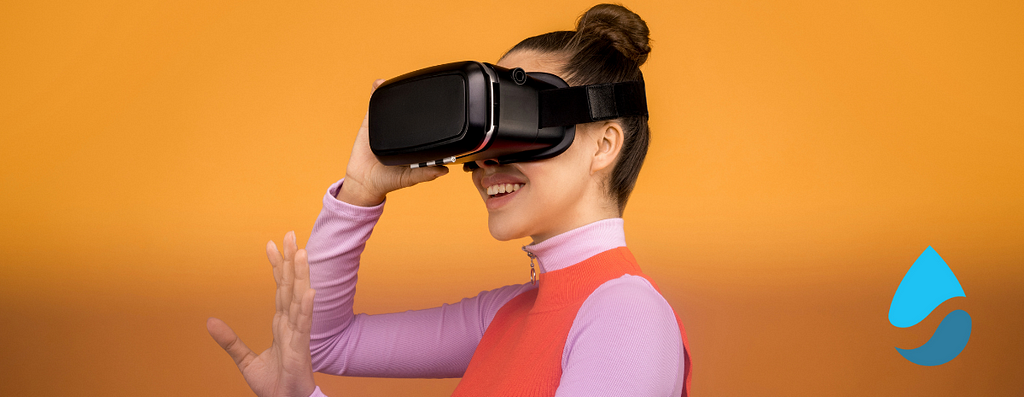How can virtual reality drive conservation?

It’s hard to get people to visualise how their daily disposable coffee cups could be detrimental to entire marine habitats. What’s even harder is that some of the worst, most gruesome impacts of global warming will happen further into the future–when our children will have the bear the brunt of our actions. The biggest issue in this is that since we can’t see it, it’s not real to us. As humans, we really struggle to panic unless we can see the challenge right in front of our eyes.
Virtual reality is one potential solution to the out-of-sight, out-of-mind conservation dilemma. Seeing photos and videos of humans’ impact on the natural world is often easily dismissable as “far away” or “not my fault.”
Immersive media experiences have the potential to make any situation quite real for the viewer, by playing on all of their senses. Environmental organisations are already at work figuring out how these innovative technologies could be used to their advantage.
Environmental education efforts through virtual reality have the potential to evoke emotional and empathetic responses in viewers. By bringing coral reefs, mountain ranges, and deep ocean waters to people literally anywhere in the world, virtual reality could help viewers truly connect to the environment in a completely new way. Unfortunately, not everyone can travel through the wilderness and experience wildlife for themselves. Virtual reality can bring these experiences to a wide audience of people who may just become passionate conservationists because of it.
So, can watching a fancy 3D video really encourage more empathy, more donations, and more conservation efforts? You might be surprised by how powerful extended reality has been proven to be. A 2020 research study showed participants a five-minute video about coral reefs and the importance of conserving them. They found that virtual reality experiences could be “an effective way to raise awareness of environmental threats and encourage behavioural action, especially when tailored to target groups.” In addition, they concluded that because the VR head-mounted display headsets attract attention and interest from regular people, it might be a good idea for nonprofit organisations to invest in these products to support fundraising. Decades of similar social science research has reached similar conclusions–someone who experienced VR related to conservation is more likely to care about conservation than someone who watched a video or nothing at all.
Other applications of virtual reality in wildlife conservation could help scientists and researchers themselves, by allowing them to see and experience far away habitats as if they were on location. By pairing local knowledge, innovative technology, and wildlife conservation expertise, virtual reality projects could make real waves in the world of academic research. Researchers and policymakers around the world can study and view sites they may never get a chance to visit, potentially creating a global network of passionate environmentalists. The ultimate hope is that these environmentalists feel a newfound desire to take action, donate, and change their behaviours.
Join SEA this Wednesday, April 6th at 12:00 UTC live on our Instagram page (@sea_token) for SEAstream #36. We’ll be interviewing Michal Lovecky, CEO and founder of Cyan Planet, about how his company is using virtual reality to get people to care about the ocean. Read more about SEAstream #36, and Cyan Planet’s work, here. We hope to see you there!

Leave a Reply